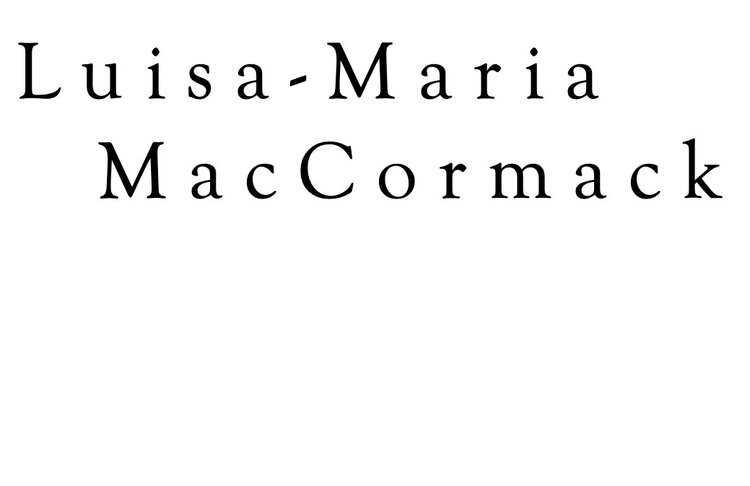ONLY ETERNITY LASTS FOREVER
Nunhead Cemetery Chapel
What will people be drawn to do when a standing stone circle appears overnight in a chapel, in an overgrown cemetery, in South East London, with no explanation? Carved with strange bodily, flowering entities—things that could be part plant, part human, or perhaps neither.
What drives us to construct monoliths in times of change? What is it about the unyielding presence of a standing stone that brings us comfort across the millennia? Why are we drawn to the mystery of certain places, over and over and over again, despite their unwillingness to speak to us? What is it that haunts us about the mute obstinacy of sacred places, that we seem to crave? A place only becomes sacred because we collectively decide it is sacred, after all.
‘Only Eternity Lasts Forever’, is a celebration of the impenetrable, the unassailable, the blankness that opens up around silent places, as they become spaces of personal spiritual projection. Of the weird and inexplicable things that humans do in spaces that sit in the borderline between our world and another. A celebration of the resolute inaccessibility of the past, of reasons and lines of logic that can never be recovered, a speculative future archaeology, exploring the spaces between what could have been, and what might still be.
Situated within a ruined chapel resonant with historical complexities and a dynamic ecology, ‘Only Eternity Lasts Forever’ conjures a space of projection—an open canvas for the collective imagination to explore the idiosyncrasy of spirituality, the strange, and the silent.
At the heart of the installation is a stone circle, carved with cryptic motifs that conjure a speculative posthuman archaeology—a reflection on what could have been and what might still be. The silence of the space mirrors the experience of visiting a prehistoric site, an experience which rarely offers answers, but instead encourages a personal exploration of the intersections between posthuman feminism, grief, ecology, religion, magic, and the lingering echoes of an inaccessible past.
Rather than providing answers, the exhibition and accompanying text invite visitors to contemplate the role of sacred spaces in our collective consciousness and the sometimes strange and private rituals we enact in response to the unknown. The exhibition's deliberate ambiguity encourages a personal journey through the stone circle, navigating the intersections of posthuman feminism, grief, ecology, and our own speculative future archaeologies.









































